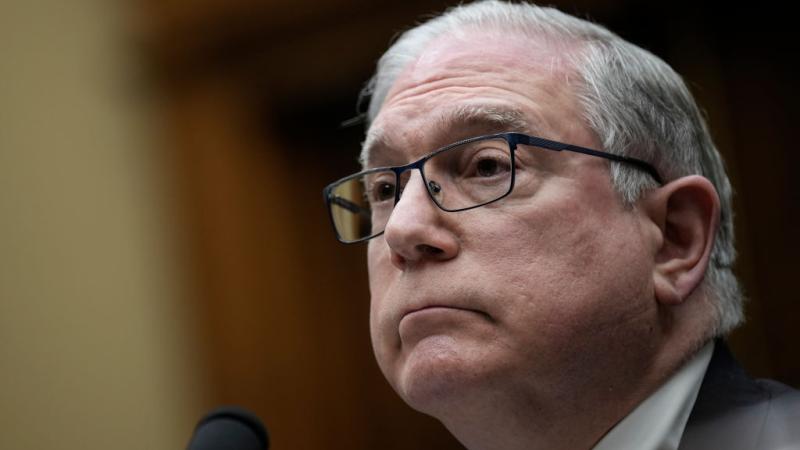Researchers: California must spend up to $20B on grid upgrades if it wants EVs
They say the cost of upgrading transmission lines for EVs could cost $6 to $20 billion, or about 10% to 40% of the current transmission system.
(The Center Square) -
(The Center Square) - California must spend up to $20 billion on transmission line upgrades to support energy transfers to electric vehicles, according to a new Berkeley study. This figure does not include grid stress from further electrification efforts away from gas appliances, and could prove to be significantly higher.
The study’s author estimates that by 2035, 50% of “feeder” transmission lines will be “overloaded by EV charging demand,” a figure that will grow to 67% by 2045. They say the cost of upgrading transmission lines for EVs could cost $6 to $20 billion, or about 10% to 40% of the current transmission system. While the authors say “additional infrastructure cost drives the electricity price up,” they hypothesize “the growth of total electricity consumption drives the rate down, which leads to a net impact of rate reduction according to our estimation.”
While scale tends to confer cost advantages in the production of nearly any good or service, energy bills for consumers in California continue to rise as wildfire mitigation, transmission and distribution investments, and green energy subsidies drive substantial energy price increases. California energy is now the most expensive of any state other than Hawaii, which sits in the middle of the ocean and must import much of its energy.
California currently has 10,000 public high-speed EV chargers, and plans to build 30,000 more. However, with EV sales falling — sales fell 10% in the last quarter of 2023 compared to the previous quarter, and another 3% the quarter before that — it’s unclear if consumer enthusiasm for electric vehicles is waning as high interest rates making vehicle purchases more expensive, or if concerns about poor reliability, higher repair cost and range and charger anxiety are to blame.
California appears poised to adopt household-income-based fixed fees for each electricity bill to pay for these transmission upgrades and other fixed baseline costs. Transmission upgrades are not only necessary for meeting increased energy consumption, but also for spreading fluctuating levels of renewable energy, as existing transmission lines were created to carry continuous but lower levels of energy from a power plant, not spiking and falling renewable energy. To that effort, the state is already undergoing a $6 billion transmission upgrade, $4.59 billion of which is going to three transmission lines that will carry energy from offshore wind farms in Humboldt County.
















